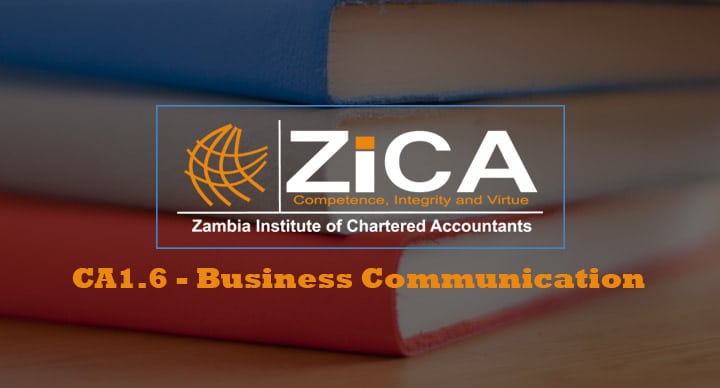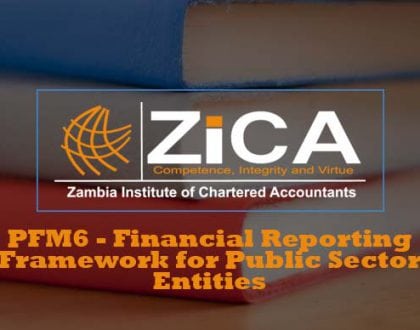CA1.6 – Business Communication
No access plans exist.

Course Features
Course Details
CA1.6-Business Communication
On completion of this module, candidates will reach a competency sufficient to be able to:- Demonstrate an understanding of the framework of organisation information infrastructures
- Show appreciation of communication principles and be able to use core communication processes
- Explain IT control environments
| Syllabus topics | Weighting (%) | LO |
| Organisation information infrastructures | 30 | 1, 2, 3 and 4 |
| Principles of communication | 40 | 5, 6 and 7 |
| Controlling IT environments | 30 | 8, 9 and 10 |
Learning outcomes
- LO1: Describe organisational information structures
- LO2: Distinguish the nature of data, information and knowledge
- LO3: Explain the main information technologies that support modern information system
- LO4: Explain the main information systems used by entities
- LO5: Describe the core processing skills in using information infrastructures
- LO6: Outline the attributes of clear, effective and appropriate communication
- LO7: Explain how effective communications can support business decisions identifying how communication methods improve organisational understanding
- LO8: Explain the main risks to the reliability of data and information and how these may be managed and controlled operationally and through management of systems and technology including development of new systems
- LO9: Explain the key IT general controls in a business
- LO10: Explain the key IT application controls in a business
- Demonstrate an understanding of the framework of organisation information infrastructures: LO1, 2, 3, 4
- Describe organisational information structures, including:
- Main elements of an organisation’s information system
- Types of accounting information systems and their roles
- Describe the principle forms of communication used in organisations
- Explain and distinguish the nature of data, information and knowledge
- Identify and explain the main information technologies that support modern information system, including:
- The nature of the information framework and support systems used by entities
- The types of hardware and software used within a business organisation
- The role of databases within an accounting information system and common types of data processing
- Describe organisational information structures, including:
- Show appreciation of communication principles and be able to use core communication processes: LO5, 6, 7
- Describe the core processing skills in using information infrastructures, including:
- Basic skills involved in operating a PC including Microsoft Windows, email and the Internet
- Basic skills involved in operating word processing and spreadsheet software
- The importance of password control
- Outline the attributes of clear, effective and appropriate communication, including:
- Presentation of information using a variety of methods including business reports, business letters, memos and emails
- Other methods of presenting information including tables, bar charts, pie charts and line graphs
- Demonstrate, using a given scenario, how to effectively respond to communications
- Describe the core processing skills in using information infrastructures, including:
- Explain the nature of IT control environments to support business information integrity LO8, 9, 10
- Identify and explain the main risks to the reliability of data and information and how these may be managed and controlled operationally and through management of systems and technology including development of new systems
- Outline the framework for communications security, including IT
- Explain the key IT general controls in a business, including:
- Controls over networks
- Software acquisition, development, change and maintenance
- Access security.
- Physical security of assets
- Authorisation for access
- Segregation of the system personnel duties
- Explain and evaluate the key IT application controls in a business, including:
- Completeness
- Validity
- Identification
- Authentication
- Authorisation
- Input controls
This course does not have any sections.





